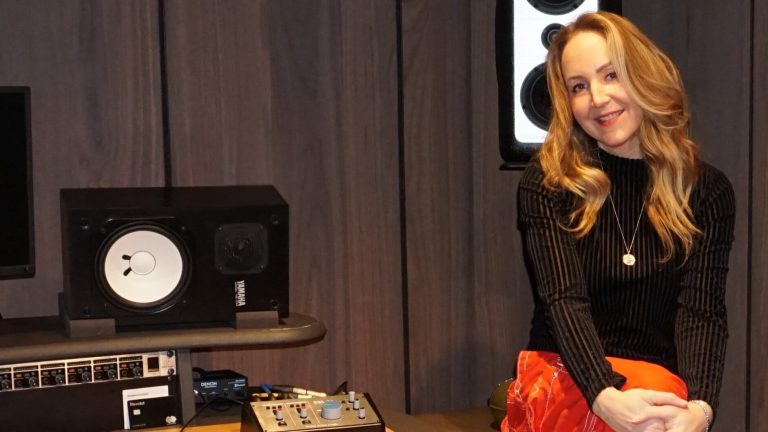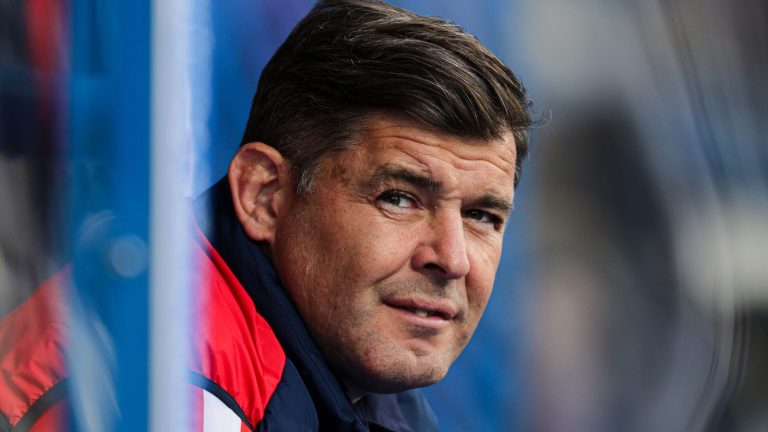Give us your sense on where you believe the market is headed in terms of the kinds of moves we are seeing on the benchmarks and also overall in terms of fundamentals. Do you believe that this sluggishness could come to an end anytime soon or till we have some clarity on tariffs this market momentum could continue?
Hari Shyamsunder: Well, the last time I had spoken to you we were in the camp that believes that there is going to be a bit of a range bound markets which we will be in and that continues to be the case really. We have seen the markets doing very well. The sharp rally coming through post April. May and June are particularly strong. We have seen that during this period there has been a pretty much a global rally. Many of the emerging markets have also seen a rally.
So, in the context of the broader world, yes, India has done well, but compared to many other markets well India has not maybe done as well. So, for the calendar year to date you will find many other instances of other markets doing very well whether it is Europe or whether it is some of the Mexican markets for example or even Hong Kong market, those have done maybe even better than the Indian markets. We have been on our own cycle. So, we corrected from September onwards.
And since then, we have been looking for a pickup in the earnings momentum. The focus really has been on that. Unfortunately, the kind of economic or the earnings growth which we have seen, earnings growth momentum which you have seen from Q2 to Q4 is likely to continue in Q1 as well.
So, a single digit kind of growth which we are looking at. Earnings have been cut. We have seen a fair bit of shaving on the Nifty 50 earnings and so, the earnings expectations going into FY26 are more muted than what they were going into FY25, that may be some kind of a comfort in terms of for the downside for the earnings expectations. The pace of earnings downgrade may be softer, but at the same time we are looking forward to a pickup in the economy. So, the market is right now caught between the reality of the current earnings growth which is not very exciting and the promise of a pickup in the second half of the year.
But you think right now much of it is in the price already? In terms of valuation, what is your comfort level like?
Hari Shyamsunder: So, the valuations have gotten a bit more uncomfortable to be sure. I mean, in April, we had gotten down to the largecaps being at the long-term average levels. Mid and smallcaps had corrected as well in terms of the aggregate valuations. Having said that, now we are back to the situation where largecaps are definitely one standard deviation at least above what the historical long-term averages have been.
So yes, there is already a fair bit of expectations baked into the valuations right now on the largecap side, on the mid and smallcap side as well. We will speak about the mid and smallcap in aggregates, but definitely there is a lot more dispersion in data which happens or dispersion in earnings which is happening between mid and smallcap.
So, we think that in the mid and smallcap you can still find some opportunities to participate in the growth. I will note that there is a growth differential which is there between the large and the mid and smallcaps. So, while the largecaps are expected to grow at, let us say, about 10% in FY26, well the midcap earnings are looking at growing at high double digits, closer to 18% to 20%, I mean that is what the consensus expectations are.
Let us see whether those pan out, but definitely the growth expectations and what have been delivered in the recent quarters as well has been higher for the mid and smallcaps and that makes the picture a bit more complex if both are trading at higher.
We cannot omit talking about the sectoral churning. I mean, there was a time when we used to get a sector which is performing and then, it would stay for a month, but we see so much of churning these days. So, what do you think, which sector will be the theme which will gain grounds in the coming quarter or at least for the short term and at the same time if I give you a plain canvas, how do we paint the picture, how do we draw the portfolio for us?
Hari Shyamsunder: There are longer-term themes which are still playing in the Indian markets but definitely yes in the recent times we have seen a lot more, every two or three weeks we seem to have a new flavour of markets. Having said this, as you said, looking at the longer-term picture, looking at some of the broader trends which are emerging, one part of the market which we continue to be very positive on is the changing nature of the Indian consumer.
As the prosperity moves up, we are seeing that new categories emerging and so, if you look at subsegments of the consumption, we see tailwinds for hotel, travel, eating out, or retail. There is a lot of opportunities emerging in some of these categories of consumption. So, those part of the market we continue to be positive.
Those parts of the market we think are also going to be helped by some of the monetary and fiscal policies. So the looser monetary policy, the looser fiscal policy as well, the tax cuts they have not yet really reached the hands of the consumer. As these two, and the monetary policy also tends to play out with a bit of a lag, passing through of the interest rates will take a bit of time, all of these are setting up consumption and consumer discretionaries to play out well in the second half of the year or with, let us say, a 12-month lag from when the monetary policy and fiscal policy push started.
So again, all of that is setting up for early 2026, late 2025 kind of a recovery on consumption side. On the capex side, we are a bit more cautious given that the valuations have moved up far more sharply there, they have never gotten really cheap to be clear.
Yes, we think that there could be a pickup in capex and corporates have remained shy of leveraging the balance sheets, they have been spending through to FY24 at least, but FY25 is a bit subdued in that sense. There are drivers for capex to pick up, but the valuations are a bit extreme. So, we are tilting towards consumption, towards healthcare services, all the places where you can see the consumer coming out and starting to spend.
Yet another sector we cannot miss discussing is the pharma space. It has played the role of a defensive during volatile periods, as is evident. Pharma is no longer just a single sector; it has now diversified into many subsegments—be it healthcare, diagnostics, hospitals, CRAMS, or CDMO. How do you see this sector supporting the market?
Hari Shyamsunder: We continue to be positive on several of the themes you mentioned, especially healthcare services, where a long-term trend is clearly playing out. We’re seeing a lot of new ideas entering the market as well. With insurance penetration increasing, healthcare services appear to be here to stay. There is also broader consolidation happening—growth is being driven not just by organic means, which remains strong, but also through M&A activity, where listed players are acquiring unlisted ones. Additionally, new listings with innovative themes are also hitting the markets.
So, healthcare services is a space we remain broadly positive on. In addition, the CRAMS and CDMO segments are quite exciting. We’ve seen new listings in this space as well, which have been particularly interesting. These are areas where we’re more constructive. Specifically, CDMO benefits from the “China Plus One” theme, which is gaining traction. This provides continued tailwinds for both CRAMS and CDMO. So within the broader healthcare space, these two subsegments are ones we view more positively.
As for the core pharma exports story, we are a bit more stock-selective. We look at specific stock-level drivers when determining what to include in our portfolios.
At the same time, there’s been a lot of talk about seasonality, especially with the onset of the monsoon. Several sectors come into focus during this period. We already spoke about the consumption theme and FMCG, but other seasonality-linked sectors—such as agri-related counters and tractor sales—are also gaining attention. What is your take on this seasonality factor, especially with the early and widespread onset of the monsoon across the country?
Hari Shyamsunder: Taking a step back and looking at the broader picture, rural India has been in relatively good health—at least on the consumption side. Most indicators suggest that the rural economy is doing better. In contrast, the urban side has been more of a laggard, particularly in terms of consumption.
Heading into the season, monsoons arrived early and have been tracking above the normal trajectory. So we are set up for continued strength in the rural economy. What we hope for now is a pickup on the urban front as well, which can add to the overall momentum in economic growth.
Yes, rural-focused plays continue to look attractive and provide strength to the Indian economy. But for the next leg up, we need to see a revival in urban consumption too.








